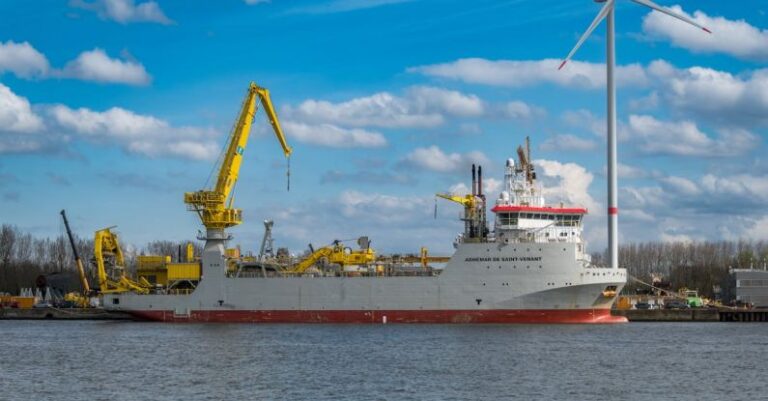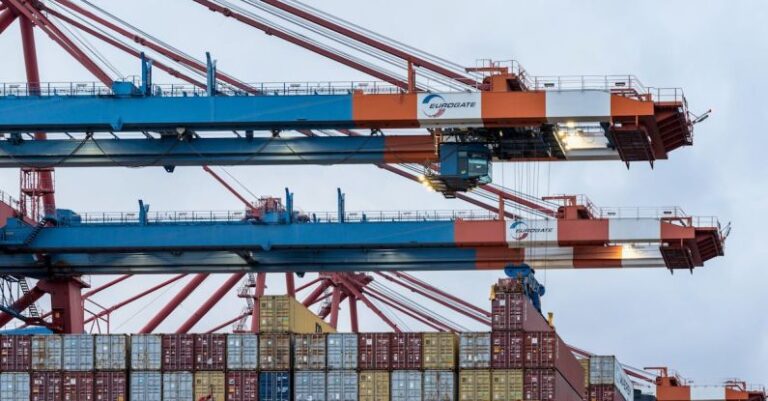
In the world of logistics and e-commerce, last-mile delivery plays a crucial role in ensuring that goods reach their final destination in a timely manner. However, this final leg of the delivery process presents a myriad of challenges that companies must navigate to meet customer expectations and maintain efficiency. From traffic congestion to customer preferences, the challenges of last-mile delivery require innovative solutions to overcome.
Customer Expectations and Demands
One of the primary challenges of last-mile delivery is meeting the ever-increasing expectations and demands of customers. In today’s fast-paced world, consumers expect quick and convenient delivery options, such as same-day or next-day delivery. This puts pressure on logistics companies to optimize their last-mile operations to meet these tight delivery windows while still providing exceptional service. Failure to meet these expectations can result in dissatisfied customers and damage to a company’s reputation.
Traffic Congestion and Urban Areas
Navigating through congested urban areas poses a significant challenge for last-mile delivery services. Traffic congestion not only slows down delivery times but also increases fuel consumption and operational costs. In densely populated cities, narrow streets, limited parking, and strict delivery regulations further complicate the process. To address these challenges, companies are exploring alternative delivery methods, such as using electric vehicles or bicycles, and implementing route optimization software to streamline delivery routes.
Last-Mile Costs and Efficiency
Balancing the costs of last-mile delivery with efficiency is a constant struggle for logistics companies. The last mile typically accounts for a significant portion of the total delivery cost due to the need for individualized deliveries to diverse locations. Factors such as fuel prices, labor costs, and vehicle maintenance all impact the overall cost of last-mile delivery. To improve efficiency and reduce costs, companies are exploring options such as shared delivery networks, automated delivery systems, and outsourcing to third-party providers.
Delivery Flexibility and Options
Offering delivery flexibility and a variety of options to customers is essential in the competitive e-commerce landscape. Customers expect to have control over when and where their packages are delivered, whether it’s to their home, office, or a designated pickup location. Providing multiple delivery options, such as evening or weekend delivery, click-and-collect services, or locker pickup, can help meet the diverse needs of customers and enhance the overall delivery experience.
Environmental Concerns and Sustainability
The environmental impact of last-mile delivery is a growing concern for both companies and consumers. Traditional delivery methods relying on fossil fuel-powered vehicles contribute to air pollution and carbon emissions. To address these environmental challenges, companies are increasingly exploring sustainable delivery options, such as electric vehicles, drones, and bike couriers. Implementing eco-friendly practices not only reduces the carbon footprint of last-mile delivery but also aligns with consumer preferences for environmentally conscious businesses.
Technology Integration and Innovation
Advancements in technology are revolutionizing the last-mile delivery process and offering new solutions to longstanding challenges. From route optimization software and GPS tracking to automated delivery vehicles and drones, technology plays a crucial role in improving efficiency, accuracy, and transparency in delivery operations. Companies that embrace innovation and integrate technology into their last-mile processes can gain a competitive edge and better meet the evolving demands of the modern consumer.
Adapting to Changing Consumer Behavior
Understanding and adapting to changing consumer behavior is essential for successful last-mile delivery operations. With the rise of e-commerce and online shopping, consumers have come to expect a seamless and personalized delivery experience. Companies must be responsive to shifting consumer preferences, such as offering real-time tracking updates, flexible delivery options, and easy returns processes. By staying attuned to consumer behavior trends, companies can tailor their last-mile strategies to meet customer needs and drive satisfaction.
Conclusion: Overcoming Last-Mile Challenges
In conclusion, the challenges of last-mile delivery require a strategic and proactive approach to ensure efficient and effective delivery operations. By addressing issues such as customer expectations, traffic congestion, costs, delivery flexibility, environmental concerns, technology integration, and changing consumer behavior, companies can navigate the complexities of the last mile and deliver superior service to customers. Embracing innovation, implementing sustainable practices, and optimizing delivery processes are key steps in overcoming the challenges of last-mile delivery and staying ahead in the competitive logistics industry.





